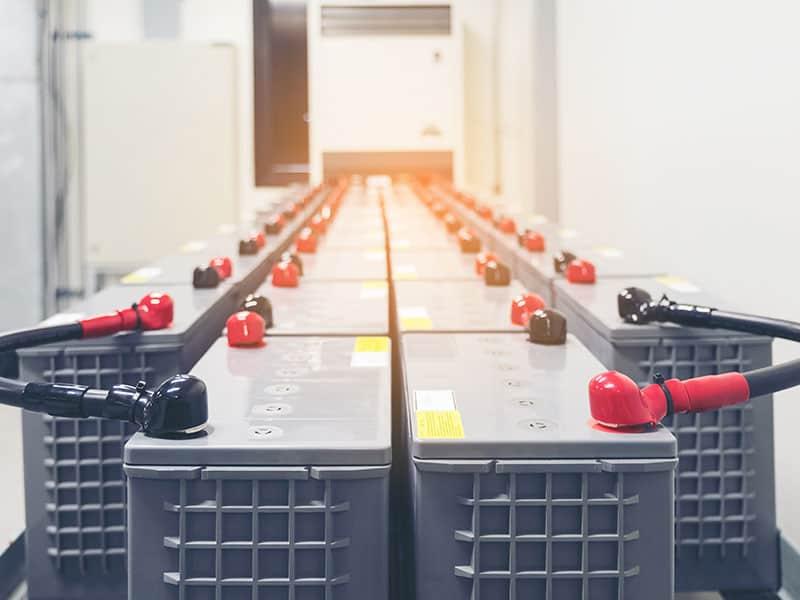If you’re operating a fleet of electric forklifts, you’re already taking advantage of benefits like simplified maintenance, reduced operating expenses, and a quieter work environment. Even with these vital benefits, there are some additional factors you need to be aware of if you’re looking to maximize the value of your investment. One of those considerations is how your team handles, charges, and maintains the batteries that power your lifts. These batteries can cost anywhere from $1,500 to $5,000 each, so just a little proactive maintenance can go a long way.
In this post, we’ll cover everything you need to know about charging and maintaining forklift batteries so they’re prepared to work for years to come.
The Fundamentals of Forklift Battery Charging
Have you been charging forklift batteries whenever they’re not in use? If so, you should reconsider that approach. Only charge batteries when the power capacity drops below 30 percent of a full charge and when they have the time to reach a full charge without interruption. That’s because overcharging and undercharging batteries can actually shorten their lifespans.
Fortunately, most forklift batteries are designed to last the duration of an eight-hour shift, so you can plan charge cycles around regular operating hours. That means if you need to operate your fleet for 16 hours a day, it’s a smart idea to invest in two sets of forklift batteries so one can charge while the other is in use. Otherwise, charging a forklift battery twice a day can end up cutting its serviceable lifespan in half.
Forklift Battery Safety
When charging, handling, and swapping out forklift batteries, your team should be following some standard practices to mitigate the risk of injury and workplace hazards. These best practices include:
Keeping Batteries at Safe Temperatures
Charging a battery in extreme cold or heat can end up damaging the battery and reducing its serviceable life. While the ideal temperature ranges for batteries vary from manufacturer to manufacturer, a general rule is to not store batteries in locations where temperatures are greater than 113 degrees Fahrenheit.
Operating a Battery Room
If your fleet requires multiple sets of forklift batteries for day-to-day operations, a designated battery charging area or room for recharging and storing those batteries is recommended by OSHA.
Moving Batteries Safely
Forklift batteries are heavy, so a single person should never attempt to move a forklift battery. Make sure your team is using specialized equipment like pallet jacks to safely move batteries. Individuals who work with forklift batteries should also wear steel-toe work boots and eye protection to minimize the risk of injury.
Forklift Battery Maintenance
To extend the serviceable lifespan of forklift batteries, start with these fundamental best practices:
Checking and Maintaining Fluid Levels
Forklift batteries require a specific amount of water to function correctly. After five or so charge cycles, it’s a good idea to check fluid levels and add water as needed. Make sure you’re only topping off fluid levels after a battery is fully charged.
Equalizing Batteries
Wet or flooded cell forklift batteries require regular equalization. As battery acid becomes more concentrated at the bottom of a battery, it becomes more difficult for the battery to hold a charge. The equalization process rebalances battery acid throughout the cells. However, it requires a battery charge with an equalizing setting. While every battery comes with different specifications, it’s generally best to equalize batteries every 5 to 10 charging cycles.
The Electric Forklift Experts
Whether you’re ready to start taking advantage of an electric forklift solution or you’re looking for ways to better maintain your existing fleet, contact the experts at Brennan today. We’ll work with your team to customize a program around your day-to-day operations so they have the tools they need to succeed.

